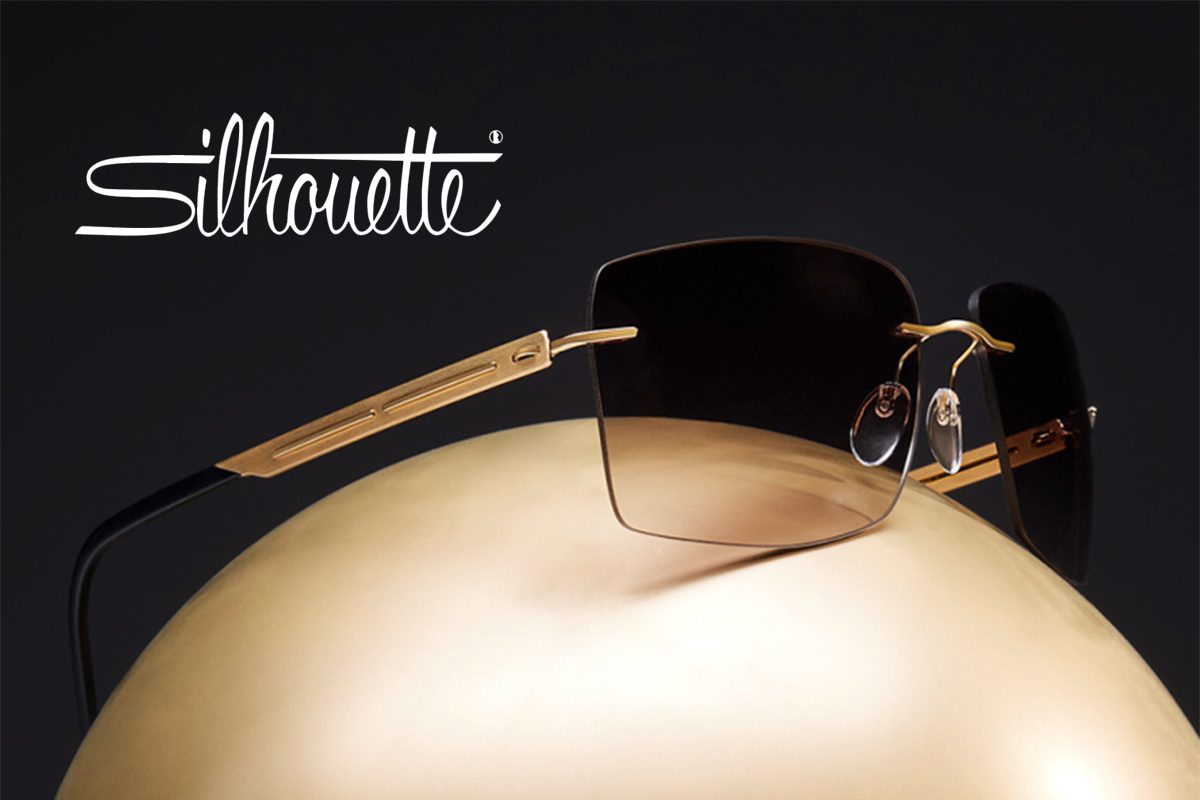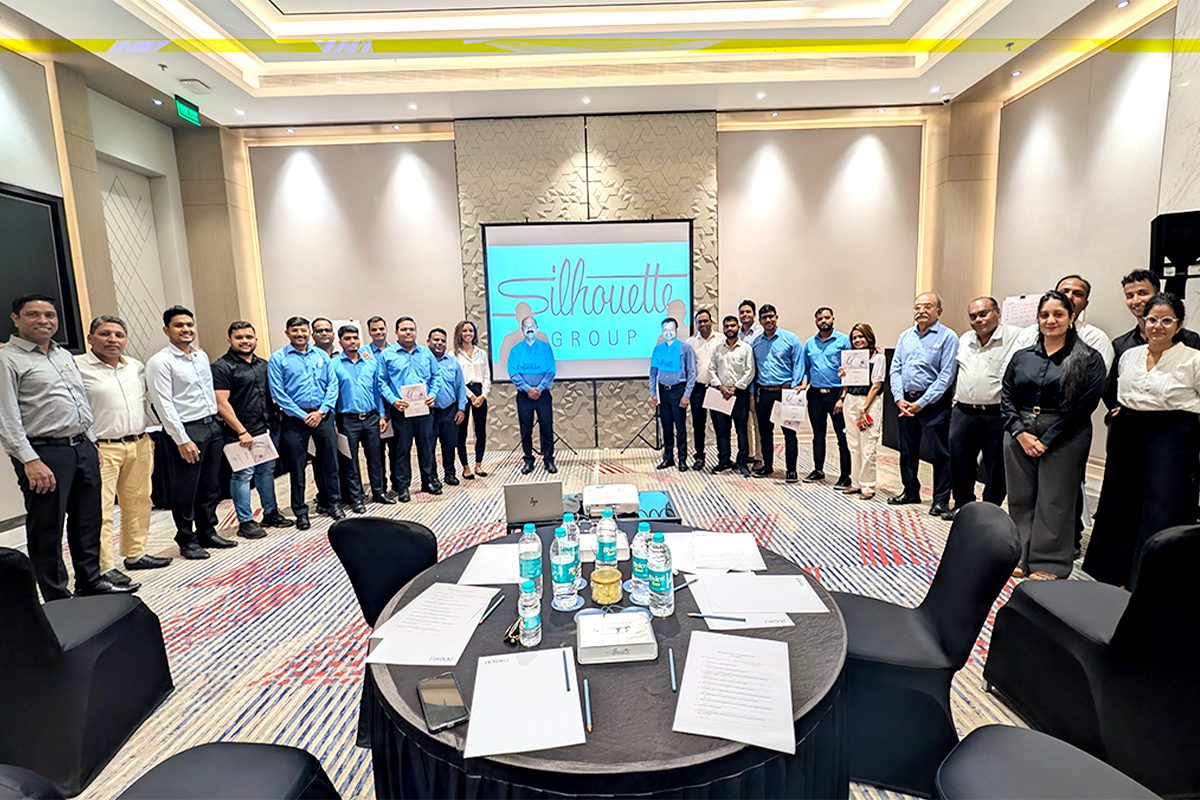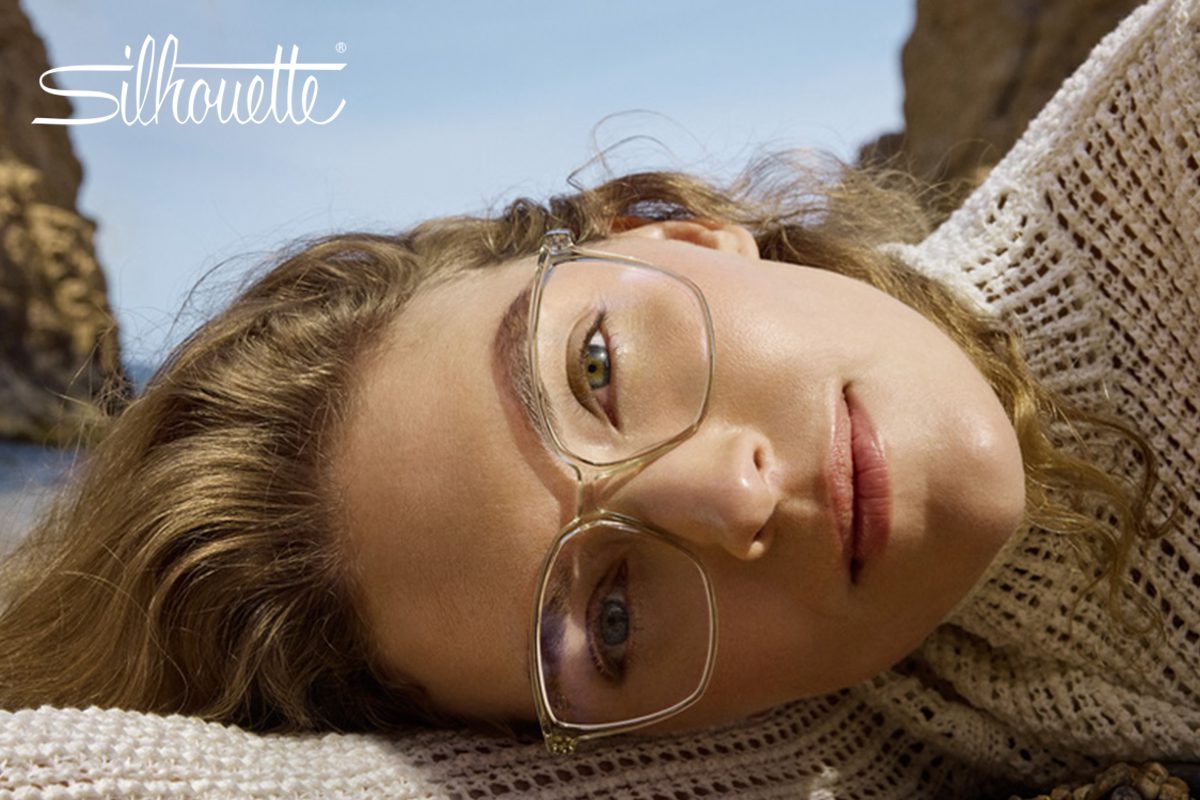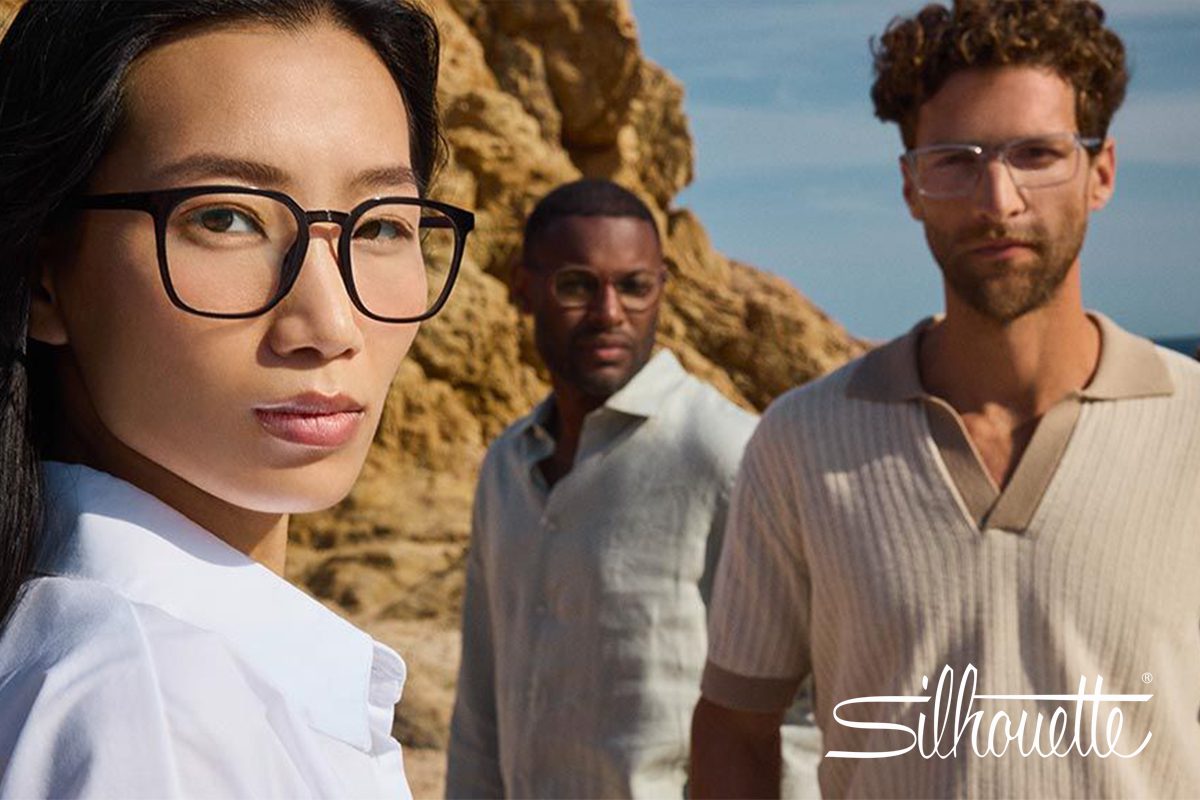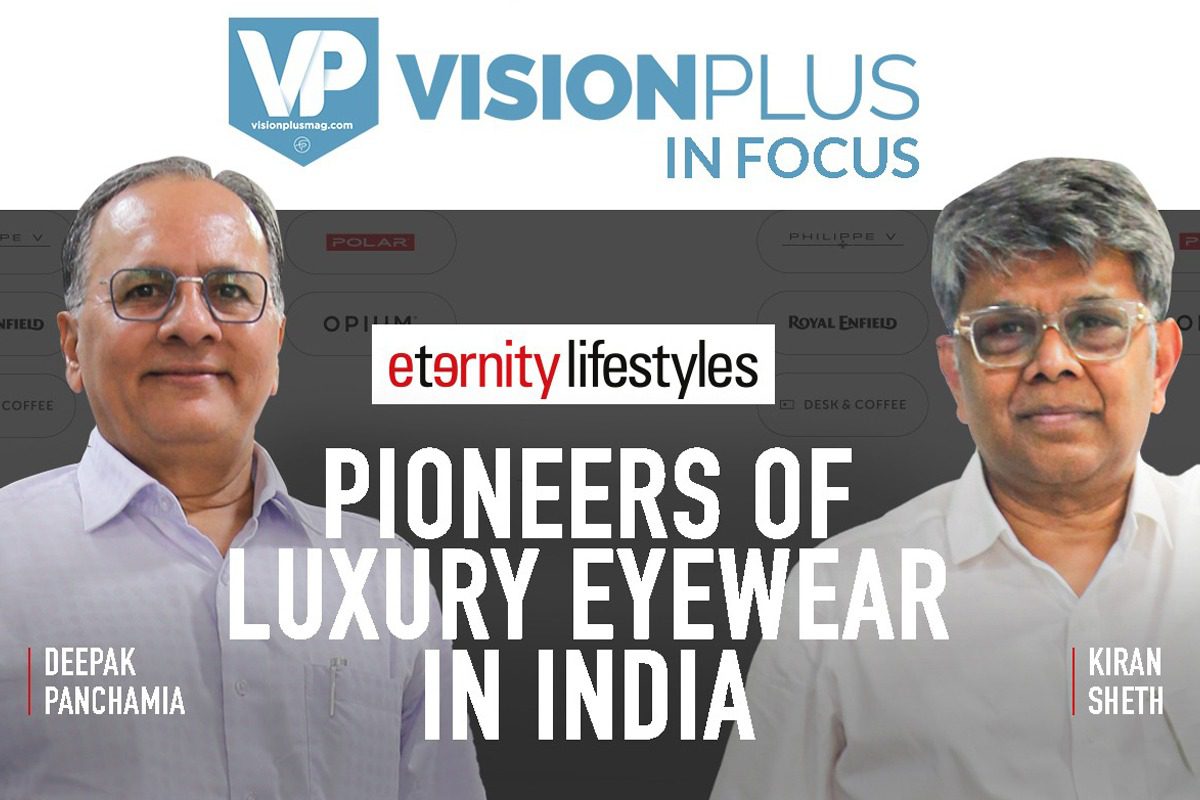During its recent Eyewear Style Consultation program in Singapore, Silhouette invited Peggy Cheng, the Austrian eyewear specialist to help the opticians in the region understand the technique of choosing the right type of eyewear for their customers
What began in 1964 with a vision to project eyewear as an accessory, has today become one of the leading brands in lightweight quality eyewear: Silhouette. Under this brand, the lightest eyewear in the world is produced in Austria with a focus on detail, in many cases handcrafted, in an individualised design using only the best materials and state-of-the-art technologies.
Silhouette’s eyewear is exported to 100 countries across the globe. In 1999, Silhouette introduced the world to Titan Minimal Art in the domain of eyewear. The model weighs just 1.8 grams, with no rims, screws or hinges. Silhouette eyewear has also accompanied astronauts into outer space on 35 missions, has traveled around the world with the Vienna Philharmonic Orchestra, and is worn by a number of big names in entertainment, business and politics
 Recently, Silhouette hosted the style consultancy in Singapore. The purpose of the event was to help opticians understand the various aspects involved in selecting the right eyewear suited to different face shapes. The knowledge implemented to the optician was done with a purpose of empowering them to guide their customers in a better way.
Recently, Silhouette hosted the style consultancy in Singapore. The purpose of the event was to help opticians understand the various aspects involved in selecting the right eyewear suited to different face shapes. The knowledge implemented to the optician was done with a purpose of empowering them to guide their customers in a better way.
This edition VisionPlus magazine talks to Peggy (Pek-Heang) Cheng, Eyewear Style Expert & Trainer at Silhouette, to get an insight into how improving the levels of customer involvement through suggesting the right style while purchasing the eyewear can actually help benefit the trade at large. Peggy has been involved in designing as well as implementing the style consultancy program at an international level.
VisionPlus (VP): Hi Peggy…As of today, what is the level of involvement that the consumer shows while purchasing eyewear?
Peggy Cheng(PC): Thank You for having me on board. Moving on towards the answer of the question, based on my experiences of more than 8 years within the eyewear industry I feel the level of consumer involvement is rather low. Eyewear, mainly the prescription glasses, are still seen as medical aid.
Even today, one of the most important factor that people consider while buying eyewear is that they should be able to see clearly. While I don’t deny that the ability to see well should top the list when choosing eyewear, I believe that it is equally important for people to be updated with the style and fashion part of it.
Let me share with you my personal experience. At the age of 18 years, I was diagnosed with problems in my visual acuity and advised to opt for prescription eyewear. My ophthalmologist diagnosed the condition and handed out a detailed prescription to me. The next step was simple.
I walked into an optical store and showed my prescription to the optician. Since I had no idea about the eyewear shapes, styles, etc., I was solely relying on the optician’s opinion. However, I had the feeling I was not well-guided. Additionally, there were so many different options to choose from that I, as the customer, was bound to get confused.
When it comes to eyewear purchase, the customer is known to rely on the optician’s service and consultation level. The Silhouette Eyewear Style Consultation program is an endeavour to help opticians understand these factors in greater depth and help them serve their customers in a better way. With this consumer-focused easy understandable concept and structured guideline the consumer’s knowledge. Above all, it is to serve the customer at highest level and provide a premium face to face consultation. Currently no other eyewear brand provides such a comprehensive program and service in accordance to the international standards of quality.
VP: How does consumer involvement impact the optical trade? How can this consumer involvement benefit the optician?
PC: Of course, the consumer involvement generated through the Silhouette Eyewear Style Consultancy program, positively impacts the trade. To put it simply, when the consumer involvement can be increased, the more the trade and the optician will benefit. Most of the time and cost are needed for consultation to final buying decision. Often it is time consuming for the optician because of consumer’s lack of knowledge.
 VP: What are the key factors that an average consumer needs to consider while choosing an eyewear? Please elaborate
VP: What are the key factors that an average consumer needs to consider while choosing an eyewear? Please elaborate
PC: While there is a lot that needs to be considered while choosing Here are the key factors which an average customer needs to be told about when choosing eyewear – for rimless, full rim and nylon frames:
The lens shape: Focus on the eye zone. By defining the eyebrows and analyzing the individual face the right shapes can be found.
The colour: Focus on eye colour for the right frame colour and design. By choosing frame colours/contrast colours which emphasize the eyes and eye colour the person looks great.
Additionally, I would also like to point out that the major advantage of opting for rimless frames is that there is more room for customisation. In fact, rimless frames can be tailor-made completely.
For the information of your readers, I have also shared a detailed guideline at the end of the article.
VP: Silhouette recently hosted the style consultancy in Singapore. How would rate the response of the South East Asian market to the concept?
PC: Once again, this is my personal opinion. I believe that Asian people love to go shopping. Great look and functional product features are of importance to them while shopping. The Silhouette eyewear style consultation service is well-appreciated by the customers in Singapore. The event received an impressive response from the opticians here. This is my personal experience from my field work in Singapore.
I would also like to point out that the program has also been launched in Thailand, just last year. So far, about 100 opticians have been trained through this program in the region.
Guidelines from the Silhouette Eyewear Style Consultancy to identify the eyewear with perfect fit for your customer:
Depending on the effect that you wish to create, a basic choice of two lens shapes options are available: Rounded lenses make the face softer, whilst square-edged lenses create a sharper, harder look. The optimum pair of glasses demonstrates a contrast between the shape of the lens and the face, i.e. round complements sharp and vice versa.
Eyebrows: Follow the curve
Eye Zone provides the key measurements when selecting glasses. Those who look to the eyebrow will quickly find the answer. Ideally, the upper frame of the glasses should follow the natural curve of the eyebrow.
Choice of colour: Go for contrast
Some colours allow the face to radiate, others make the wearer look pale. In order to really celebrate your own eye colour, look for complementing colours. Choose dark glasses for light eyes and light glasses for dark eyes. The darker the eyes, the greater the number of suitable colours. And as always: Black can accompany any eye colour.
Shade of colour: Use the skin tone
As far as skin tone goes, there are two basic types: warm and cool. If skin is gold or olive coloured (warm type), then warmer, glowing shades such as golden-brown earth tones should be selected. Lighter, pinker skin (cold type) benefits from silver, blue or metallic effects, as well as from grey tones or brighter shades with blue undertones.



